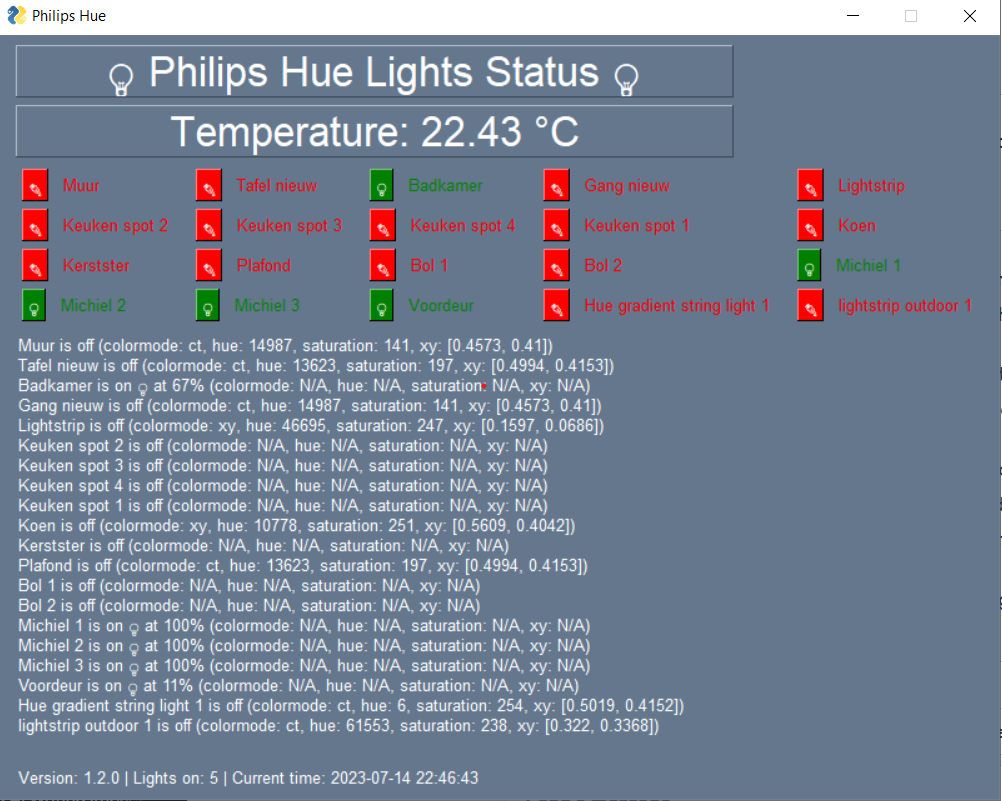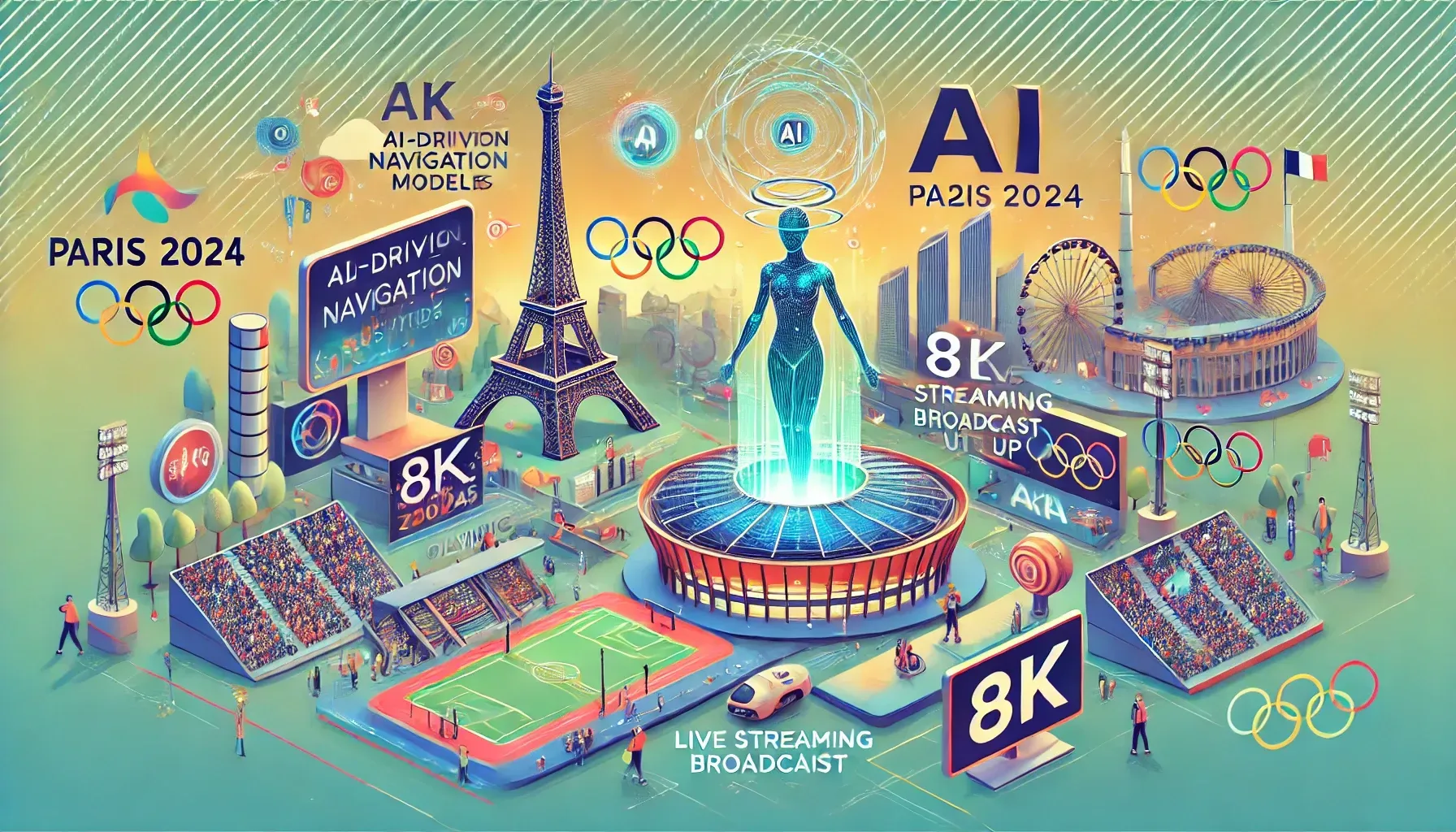Illuminating Paths: A Tale of Building a Python App to Control Hue Lights with ChatGPT
A Deep Dive into the Collaborative Process of Python, ChatGPT, and Home Automation

In the ever-evolving world of technology, every step forward is a journey of discovery and innovation. One such journey led us to the creation of a Python application to control Hue lights in a home, all with the help of ChatGPT. This article provides a detailed account of that journey, emphasizing the importance of crafting effective prompts, the iterative process of feedback and rollbacks, and the power of collaboration in software development. Most importantly, it showcases how anyone, even without prior experience, can achieve this with the help of ChatGPT.
The Journey Begins: The Idea
Our journey commenced with a straightforward idea: to control Hue lights at home using a Python application, guided by ChatGPT. This concept was driven by a quest for convenience and efficiency, coupled with a love for technology and innovation. With the objective set, we embarked on the mission to bring this idea to fruition.
The Art of Crafting Prompts with ChatGPT
The first step in our journey was to craft the right prompts. This is a crucial part of any AI-assisted development process, as it helps to define the scope of the project and identify potential challenges.
A good prompt focuses on the desired output rather than the specific implementation details. For instance, a well-crafted prompt was: "I want to be able to see what lights are switched on." This prompt is clear and focuses on the end goal, providing a specific task for ChatGPT to execute.
On the other hand, a poorly crafted prompt might be: "Create a colored button to control the lights." This prompt is too specific and focuses on the implementation details rather than the desired outcome. It might lead ChatGPT to focus on creating the colored button, which might not be the most efficient or effective way to achieve the desired outcome.
By crafting effective prompts that focus on the desired output, we were able to guide ChatGPT in the right direction and achieve our goals. Once the basic functionality was established, we could then ask more specific questions like "Is it also possible to...?" to refine the details.
The Iterative Process: Feedback and Rollbacks with ChatGPT
Once we had a plan in place, we began the process of building the app. This involved writing code, testing it, and then refining it based on feedback and results. This iterative process is a fundamental aspect of software development, allowing for continuous improvement and adaptation.
During this process, we encountered several challenges. For example, we initially attempted to implement colored buttons for the user interface. However, after realizing that Python's capabilities did not support our desired layout, we pivoted to using switches instead. This was a result of ChatGPT's feedback and our ability to rollback and adapt our approach.
Another challenge was identifying the name of the temperature sensor. Through a series of prompts and responses with ChatGPT, we were able to collaboratively determine the correct identifier for the sensor. This process involved asking questions, proposing solutions, and implementing those solutions.
When things didn't work as expected, ChatGPT would ask for more details or add code to get better feedback. For example, it might suggest running a specific command to detect issues or propose a new feature to enhance the app's functionality. This cooperative approach was instrumental in overcoming obstacles and moving the project forward.
Learning Python Along the Way with ChatGPT
What makes this journey particularly remarkable is that it was undertaken without any prior experience in Python. ChatGPT not only guided the development process but also provided a learning experience, explaining how to run commands, interpret results, and troubleshoot issues. This demonstrates that with the right tools and guidance, anyone can leverage the power of Python and AI to bring their ideas to life.
The Final Product: A Python App for Hue Lights with ChatGPT
After much hard work and dedication, we were able to bring our idea to life. The final product is a Python application that allows users to control their Hue lights with ease and efficiency. The app is intuitive and user-friendly, making it accessible to individuals of all tech-savviness levels.
Other Ideas for Similar Apps with ChatGPT
Our journey doesn't end here. The success of our Python app for Hue lights with ChatGPT has inspired us to explore other potential applications. Some ideas include:
- A Python app for controlling smart thermostats
- An application for managing smart security systems
- A tool for automating smart home devices based on user behavior
These are just a few examples of what's possible when we combine Python and AI. The possibilities are truly endless.
Conclusion
Our journey of building a Python app to control Hue lights with ChatGPT has been an enlightening one. It has taught us the importance of crafting effective prompts, the value of the iterative process in software development, and the power of collaboration. It has also demonstrated that with the help of ChatGPT, anyone can embark on a journey like this, even without prior experience. As we continue on this journey of discovery and innovation, we look forward to seeing where it will take us next.
For more insights into how ChatGPT can be used for coding, you can check out our previous articles: Python: The Magic Behind ChatGPT - A Beginner's Guide and ChatGPT for Coding.
ChatGPT Prompts Hub blog


The Chatgp Prompts Hub
Donate (half) a cup of coffee ☕ if you enjoy our site. (with the current prices at Starbucks we don't dare to ask for a full cup 🙄 )

